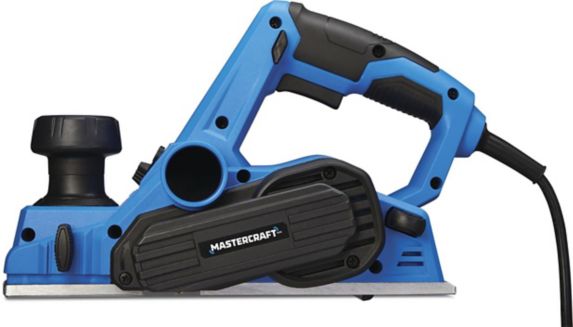Well, where to begin. I wanted to create a beautiful crib table, I had big ambitions. Unfortunately it did not quite turn out the way I wanted it to, I started with a large slab of Elmwood and worked with it the best I could. I honestly thought I could complete this project by the time the semester had ended but unfortunately I could not. Sometimes things happen, and we don’t quite finish what we start by the initial date we set. I wanted to create this table because my grandfather taught me how to play cribbage and I thought it would be a nice piece of furniture that we could have had on our outdoor patio. I cannot express how much I wanted to finish this project by the end of the semester but circumstances did not allow for it to happen. The grandfather that taught me how to play cribbage has become quite ill, it has taken its toll on myself and my family and I have struggled with trying to complete the project. I will eventually finish it and give the table to my dad to remember his dad. Here is a picture of how far I got on my project:


Although I was unable to finish the table I really enjoyed the process of making something with my hands for a school project. Being in university it has mostly been about writing essays and papers and using mostly books and technology to complete tasks and projects. This inquiry project has allowed me to use my hands to build something for my family (or at least get a start). My project has also taught me a few things about myself, I have major OCD when it comes to these types of projects, I hate making mistakes, and I love building things. I really appreciated the opportunity to something outside the realm of academia that counted towards are grade in this class. I will complete this project and I honestly think I will continue to blog throughout my career as a teacher, I liked blogging. As someone who is shyer than most blogging has given me the opportunity to speak my mind, it takes me a little longer to articulate my thoughts. Blogging may also be useful in my future classroom, just as a way of formative assessment of students and keep in touch with how they are doing in the class, how they perceive certain topics etc. Anyways, thank you so much for this class, I really did learn a lot and I learned a lot about myself too!















